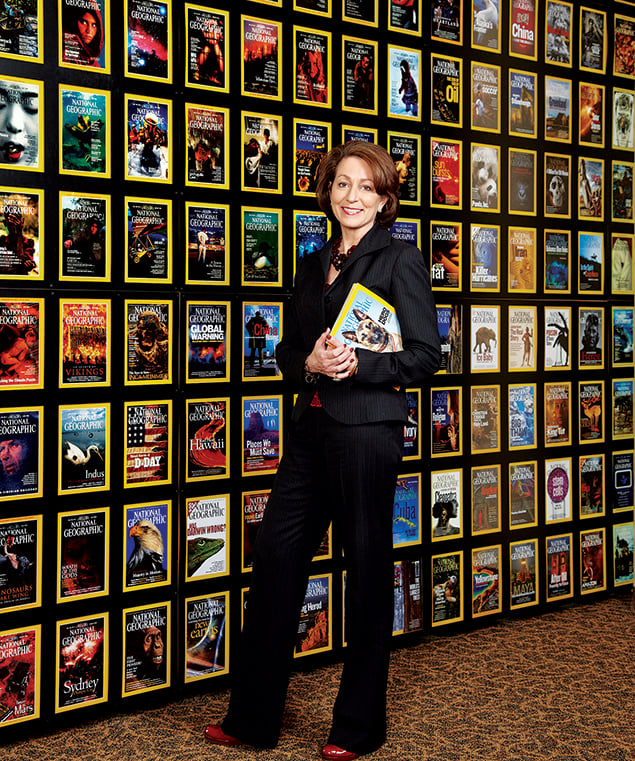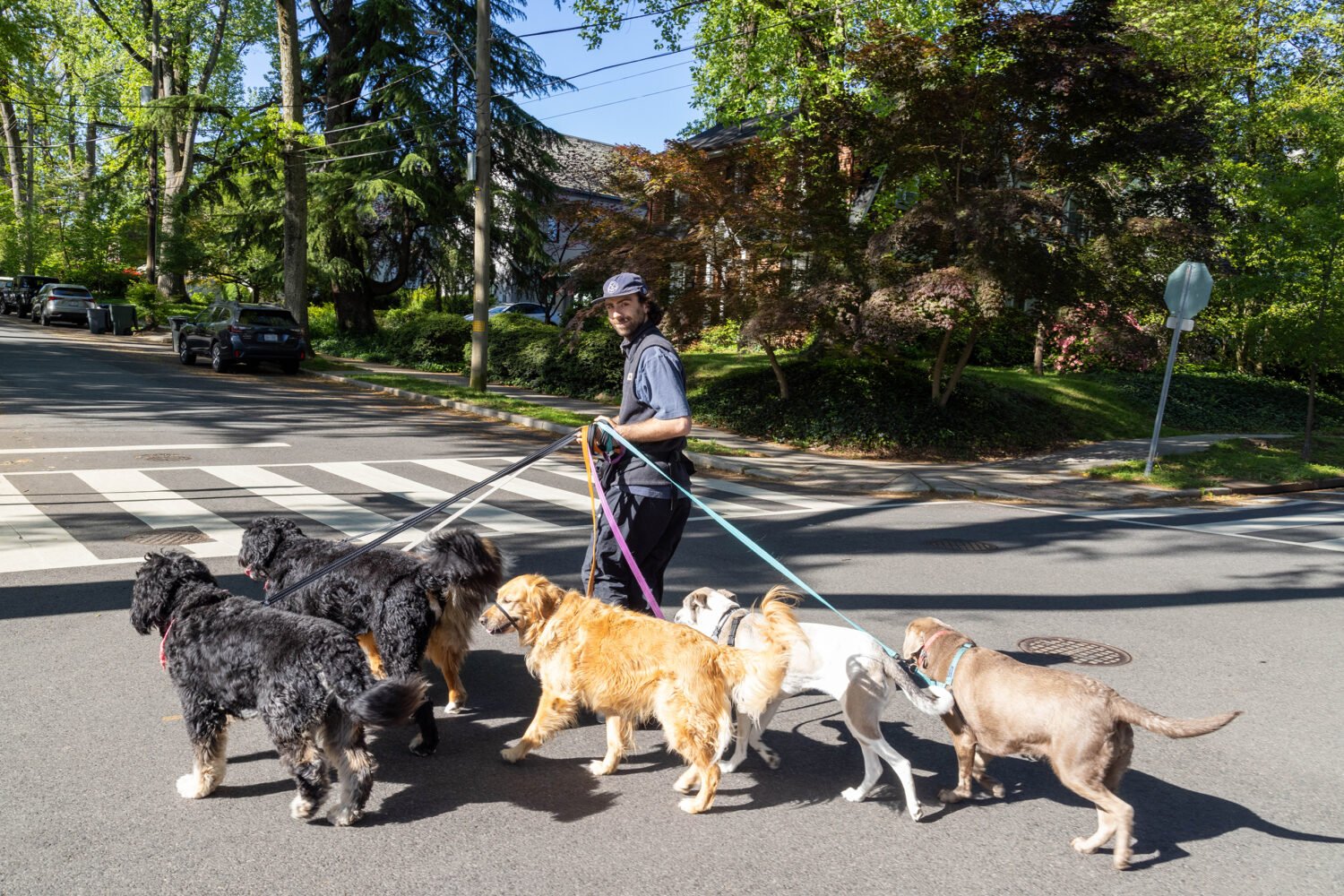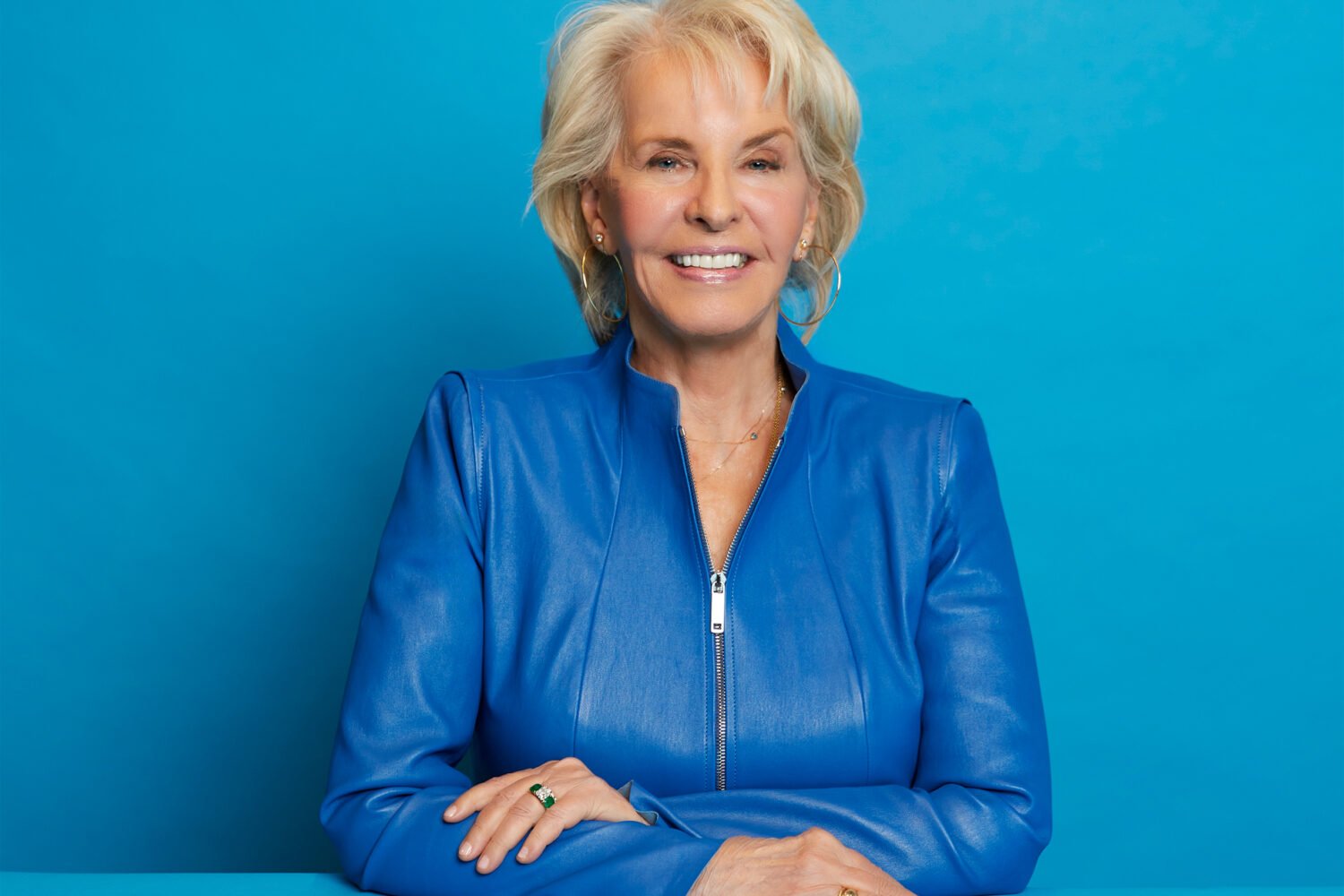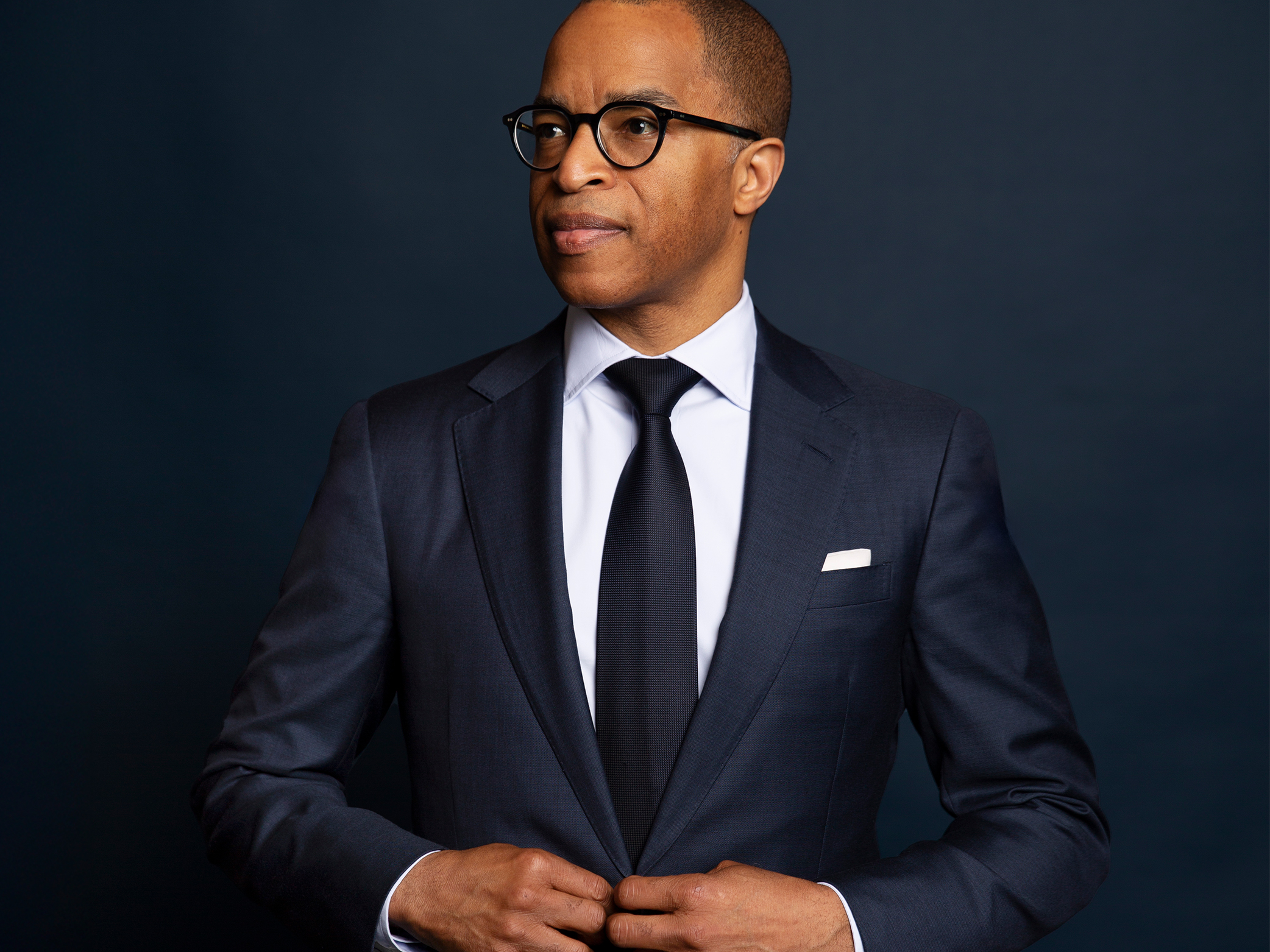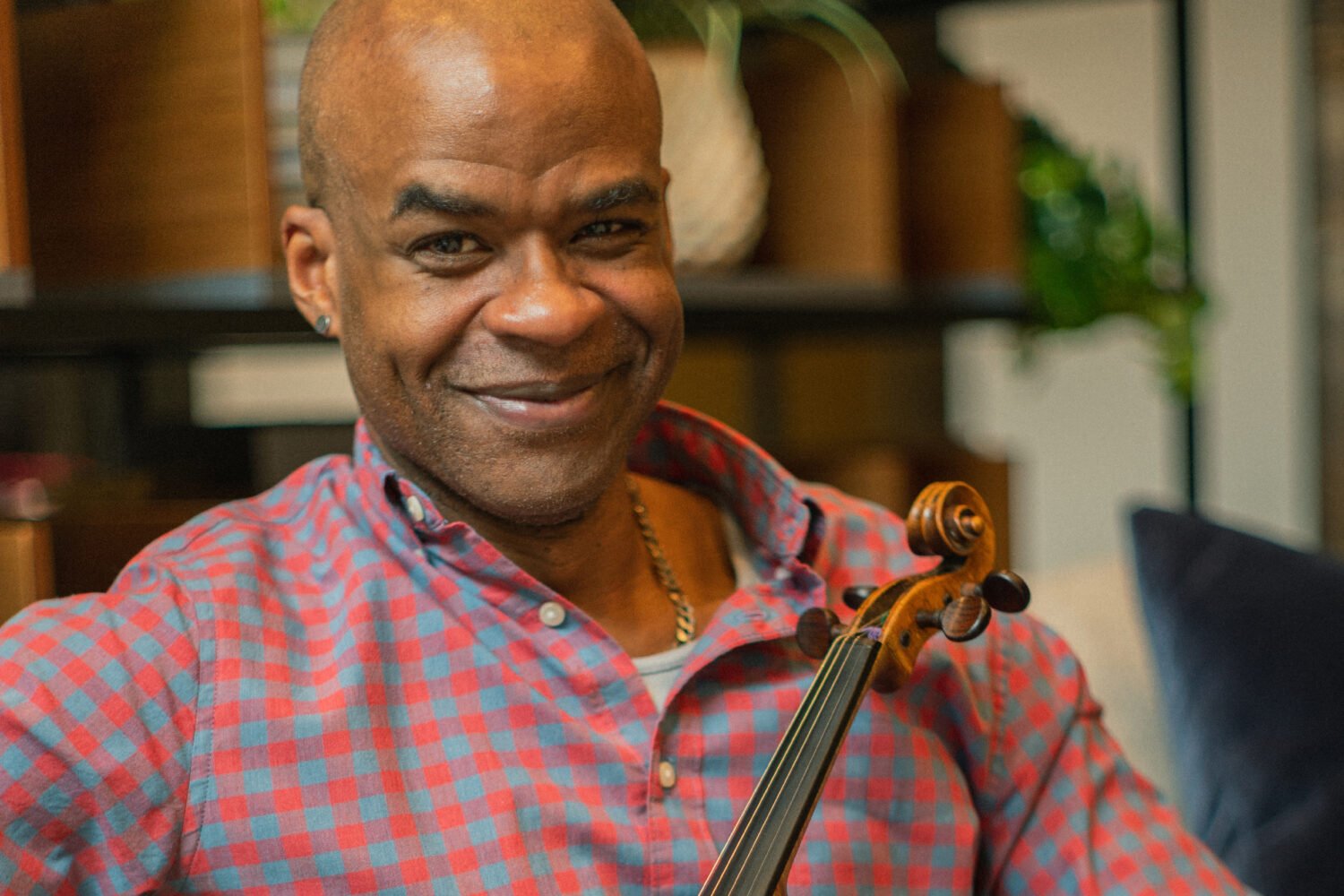“This is the best time in the world to be editor-in-chief of National Geographic,” says Susan Goldberg, who last April became the first woman to lead the magazine since its founding at the Cosmos Club in 1888.
Goldberg has reason for her optimism. While other magazines struggle for footing in the digital era, National Geographic has greater reach on social media than much younger publications, including Wired.
“Nobody can tell a story like National Geographic, but we can give a broader audience than ever to those stories,” she says. But Goldberg—who came up through daily newspapers and Bloomberg News—recognizes, perhaps, that no organization can afford to stand still in the middle of the media revolution.
Here’s a conversation with Goldberg about her vision of a National Geographic for the 21st century.
It must have been a cultural change for you coming here.
Oh, sure. I’ve been chasing the news my whole life. In the areas we cover—the environment, science, cultures, archaeology, paleontology—we’re still chasing the news every day, doing enterprise stories online. So that’s the same. What’s really different is this monthly magazine, where we’re planning a year ahead.
It seems like National Geographic, as most people understand it, operates on its own time.
There is strength in that, but that’s only part of our story. Like, a lot of people are going to cover the drought in the West, but nobody is going to cover it the way we cover it, with this five-part gatefold that really explains why California is in so much trouble when it comes to water.
So what sort of things do you want to change?
One thing I’d like to exploit is our ability to be more timely. Our stories need to be timeless in the way that National Geographic stories always have been, but at the same time they need to be the kind of things people are going to talk about.
Here’s a mockup of March’s cover. It’s not final yet, but we’re going to do the War on Science—“Evolution never happened,” “GMOs are bad,” “Vaccines cause autism.” That’s a provocative, timely story for us to be doing.
After all those years at newspapers, during the decline of daily papers, the resources you have here must make your head spin.
They still sort of do, but we’re dealing with a changing business model. We have those same challenges, with advertisers moving more and more digitally. We have the circulation challenges that you will see in absolutely all print media.
Has that affected the emphasis on how you tell stories?
We’ve expanded our online staff, people who are doing blogging, news stories, people who are doing enterprise. But then most of our staff has always been freelancers, both photographers and writers. By and large, most of our in-house people are editors.
Have you changed the approach to how they do features?
Well, you are sitting in one of the main ways it has changed. You are sitting in a beautiful, modern, open newsroom. That has absolutely changed the way we do business.
When I got here, everybody was in their own offices. You’d look down these long hallways, and sometimes all the doors to the offices were shut. If you are doing a monthly print magazine, you can operate in an office culture like that. But if what you’re trying to do is that monthly print magazine plus daily stories that involve using all of the tools in your tool kit, you’ve got to be able to have people who talk to each other. One of the things I really like, too, is when we do stories like the Spinosaurus—you noticed the giant dinosaur in front of our building?
I did not.
Oh, my God—he’s 50 feet long.
I guess I wasn’t looking very hard.
All right, so we’ve got the Spinosaurus. He’s in our museum, he was on a TV show, we’ve done stories about him online, so it’s a way to bring together all the different storytelling elements.
This brings up how your division fits in with the overall National Geographic Society brand.
Under our new CEO, Gary Knell, we are trying to coordinate our efforts. I knew National Geographic was a big place, but I didn’t know it was quite as big a place as it is. There’s TV. And there’s our science-and-exploration arm. And there’s our whole book division. There’s our exhibitions. Our museum. So when we try to do stories, we try to figure out, okay, how do we bring all of these elements together so we get more bang for our buck?
It must take a lot of coordination to make that work.
We have a lot of meetings. Let’s just say that.
Do you have time to edit? Is the process much different here?
One of the fun things is that the photographers come in to show us their work halfway through an assignment and say, “Here’s what we’ve got so far.” And we’ll all talk about, okay, what else do we need to do?
Do you ever have to say, “Get back to the Serengeti—this is bogus”?
I haven’t, but you know, we’ve got a guy who’s walking around the world, Paul Salopek. He started in Ethiopia—the cradle of man, the cradle of civilization—and he’s walking all the way down to the tip of Argentina. I went and walked with him for three days in southern Turkey, right near the Syrian border. We spoke with a lot of Syrian refugees who are flooding into Turkey. Now, that was the kind of adventure I didn’t get to have at the Cleveland Plain Dealer.
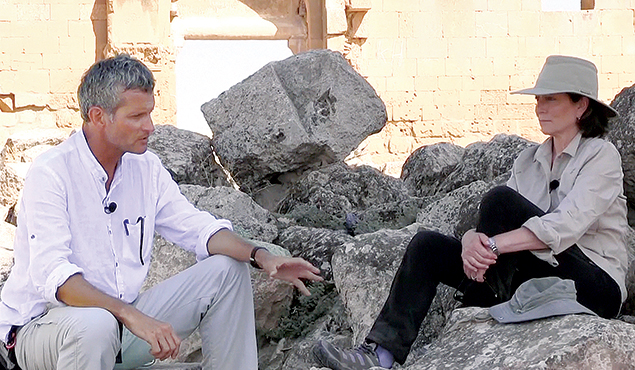
One of the things I’ve heard you speak very eloquently about is diversity. How is your diversity here, and what are your plans for addressing it?
Oh, I think everywhere in journalism we have a diversity problem. I’m really honored to be the first woman to be editor-in-chief here. I felt the same way when I was the first woman editor of the Plain Dealer and the first woman editor of the San Jose Mercury News. But I do think our society will be in a better place when I’m not the first anything.
Is it a pipeline issue?
I’m not so sure. Seventy percent of the graduates of journalism schools nationwide are women, yet I believe only three of the top 25 largest newspapers are run by women. Online sites are just as bad, if not worse—digital hasn’t changed that dynamic. So what happens between when young women are in the majority and when middle-aged women are in the far, far, far minority?
I think some of that can be laid at the feet of the financial turmoil that the industry has gone through in the last 10 to 15 years, but we’ve got to really refocus on having a much more representative core of leaders for journalism.
Do you have a hands-on way of addressing that?
You’ve got to do it one person at a time. With every hiring decision, you need to make sure you set out to have a deliberately diverse pool. Because it’s not going to happen by accident.
I heard you say that a Plain Dealer reader accused you of running a “henhouse.”
It’s interesting when people say things like that because it makes you realize that while people have gotten a lot more polite, there’s still an undercurrent in some segments where having a woman be a newsroom leader is just still not acceptable for some reason.
Have you heard any echoes of that in the science world?
No. I think women scientists face some unique challenges also, but when I was appointed to this job, I got a lot of e-mails both internally and externally from people who said how great they thought it was that National Geographic had a female editor.
What lessons have you taken away in your relatively brief time here?
My biggest lesson is learning the things that we can change and some things that we should never change. Many of the longtime folks have shown themselves willing to put out news and information in an urgent way when the situation calls for it but then can write a National Geographic story that you’d still be delighted and surprised by if you read it three years from now.
This article appears in the January 2015 issue of Washingtonian.

